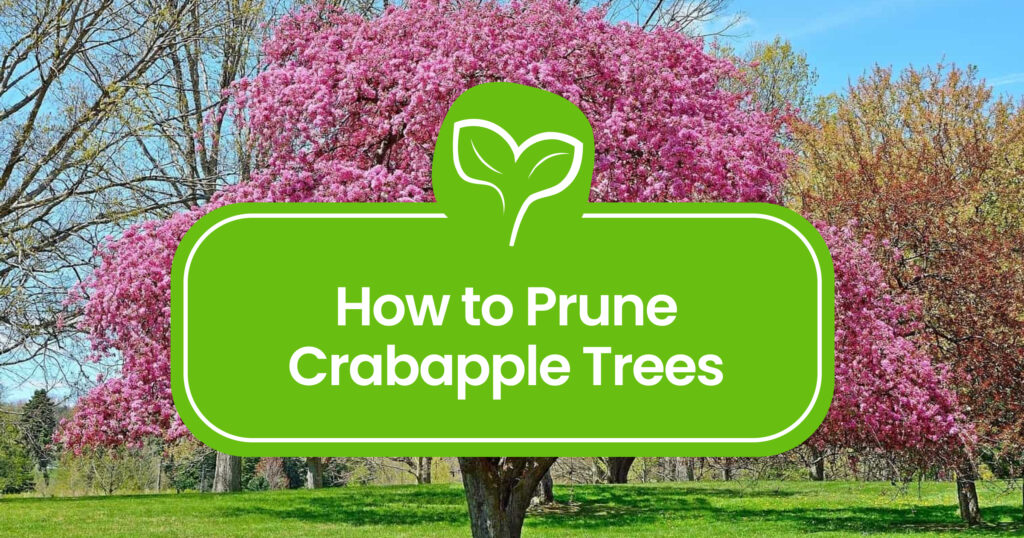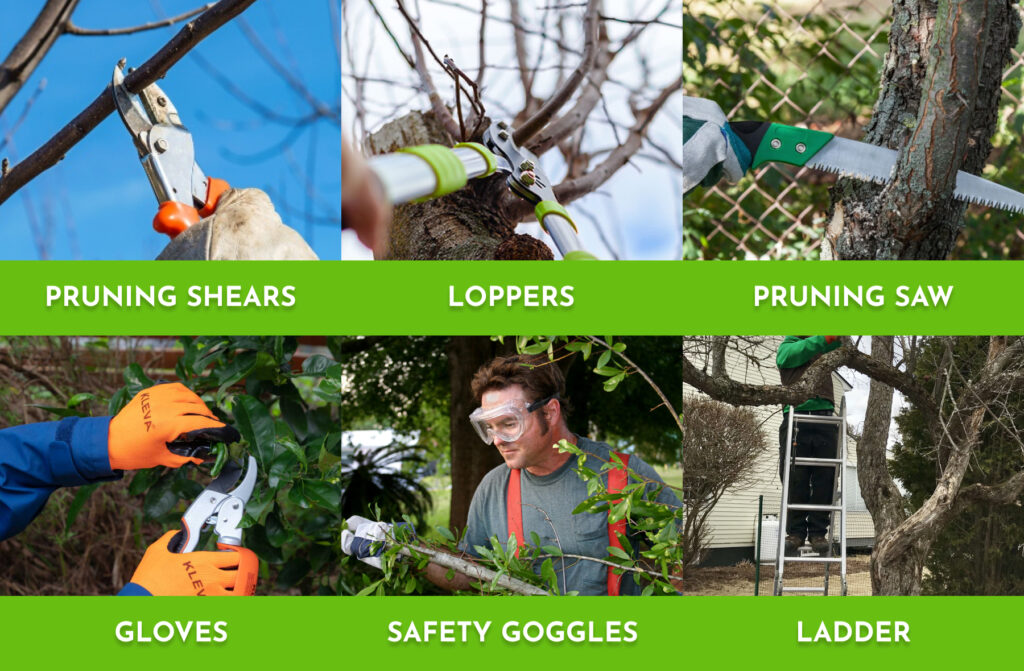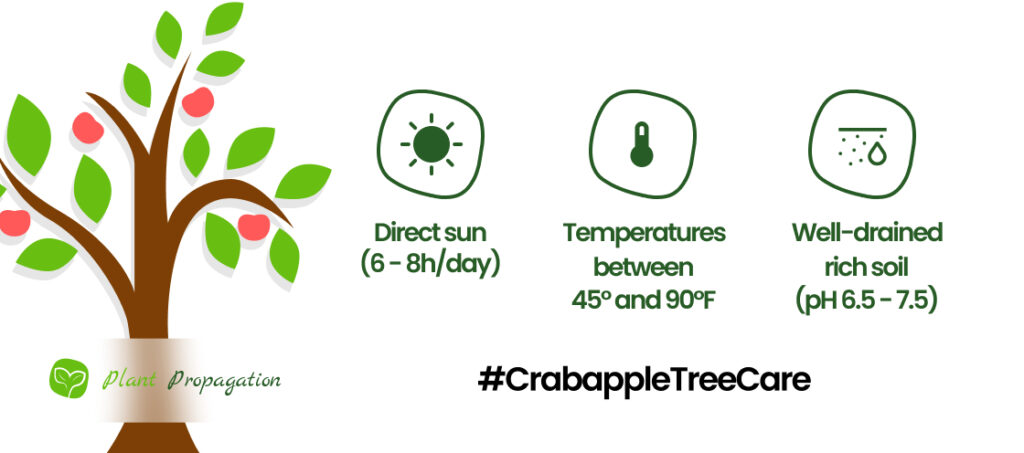
Understanding the critical timing of pruning and the essential tools sets the stage for Pruning Crabapple Trees. Even though these trees do not need too much pruning, you’ll need to pick up those shears and loppers about every year or two to keep them healthy.
We are going to cover Timing, the Tools you are going to need, Pruning Strategies and Aftercare. Let’s learn how to Prune Crabapples the right way!
When to Prune a Crabapple Tree
Timing matters! Early spring, just before new growth, or late winter are prime times for pruning and not just because you’ll have an easier time snipping without leaves. To minimize the risk of diseases*, you want to avoid pruning in the fall.
The Tools You’ll Need
When it comes to Pruning Crabapple trees, you need to make sure you sanitize and sharpen every tool you are going to cut with. You do not want to spread diseases with dirty tools és damage your tree with blunt tools. Here is everything you are going to need:
- Pruning shears: perfect for smaller branches
- Loppers: the right tool for thicker branches
- Pruning saw: for the truly large limbs.
- Safety measures: Gloves & Safety Glasses
- Ladder to reach higher

How to Prune Crabapples Step-by-Step
Heavy Pruning Crabapple Trees
- Timing is Crucial Prune during winter’s sleep or early spring before new leaves sprout. Avoid midwinter as it may expose the tree to cold damage. Postpone until after the first frost for assured dormancy. In a rush? Post-bloom summer pruning is fine but raises risks of diseases like “fire blight.*” Use a pruning saw or chainsaw for tougher cuts.
- Cutting Technique for Large Limbs Notch the underside of the limb, about 4–5 inches from the trunk. Then saw through the limb 2–3 inches further out. Remove the remaining stump at the collar where the branch meets the trunk.
- Removing Deadwood Clear out dead or dying branches entirely. Scrape the bark—if it’s brown or black, it’s likely dead. Deadwood removal prevents diseases.
- Pruning Inward-Growing Branches Trim branches curling inward toward the tree’s center. Cut close to the collar without damaging the trunk or nearby branches.
- Dealing with Crossed or Crowded Branches Cut off both crossed branches at the trunk. For crowded but uncrossed branches, remove one.
- Managing Lower Branches Trim low-hanging branches interfering with movement. Saw them close to the trunk for a tidy appearance.
*Quick Tip: Fire blight, a common crabapple tree illness caused by something called Erwinia amylovora, can be serious. If you’re cutting off a sick part, use a clean pruner and cut about 10 inches below the yucky part to make sure it doesn’t spread.

Pruning for Health
- Removing Basal Suckers Clip spindly, underground suckers emerging at the tree base with gardening shears. These branches, originating from the rootstock, divert energy from desired tree parts. Eradicate them to maintain tree vigor and prevent unwanted growth.
- Eliminating Water Sprouts Snip vertical shoots, water sprouts, growing from main branches using sharp shears. Early removal, while they’re young and green, prevents new sprouts from emerging, making it easier to control growth.
- Limit Aesthetic Pruning Avoid excessive live branch pruning to prevent spurting new growth. Restrict shaping cuts to a few scattered trims, thinning smaller branches back to the main stem to maintain tree shape without triggering excessive sprouting.
- Addressing Diseases Identify and remove branches showing signs of diseases like scabs, rust, or powdery mildew. Cut at the collar and discard the diseased wood away from the tree to prevent spreading.
Aftercare
- Cleanup: Clear the area of pruned branches and debris.
- Monitor for Disease: Keep an eye out for signs of disease or pests post-pruning. Treat promptly if necessary.
- Mulching: Apply a layer of mulch around the base of the tree to retain moisture and deter weeds.
- Fertilizing: Consider fertilizing lightly after pruning to aid in recovery.

Frequently Asked Questions
Do crabapple trees need pruning?
Crabapple trees are pretty tough and don’t need lots of pruning to grow well. The most important thing is to remove broken and damaged branches so they can focus their energy on healthy growth.
What is the best time to prune crabapple trees?
The best time to trim crabapple trees is in late winter or early spring when they’re fast asleep. This keeps them from getting mixed up about when to grow. Also, it’s much easier to do it then, before they start wearing their new leaves!
Should I cut down my crabapple tree?
When pruning Crabapple trees, you mainly need to focus on removing damaged or dead branches. If you are pruning for looks, you never want to overdo it. Prune in late winter or early spring.
How long do crabapple trees live?
Crabapple trees have a pretty nice lifespan of 50 – 60 years. You just need to keep them happy and healthy.

